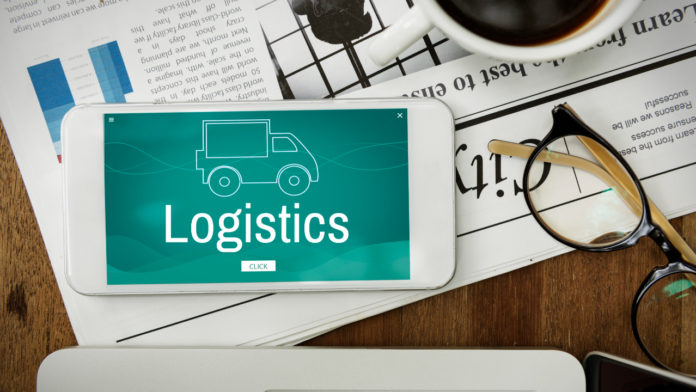
The past three years have forced a re-think for many manufacturing businesses in the UK, as supply chain networks have faltered. Luke Smoothy, Founder and Director of the manufacturing specialist Get It Made, looks at how businesses can boost their resilience through harnessing technology and other key strategies.
Improve supply chain monitoring
A recent report by Make UK shows that 93% of manufacturing businesses agreed that supply chains will remain under pressure through 2024 at least. While businesses have evolved their supply chains by necessity, they can seize further opportunity through further improving strategies and harnessing technology. While 82% of manufacturers stated that supply chain monitoring is critical to their business, around a quarter neither monitor up or down the supply chain, reflecting the need for improvement. Results also revealed that 62% of businesses haven’t changed their strategy to invest in supply chain technology, and although 47% have increased supply chain monitoring, this still falls significantly short.
Optimise workflow management
What further inflationary and supply chain challenges lie ahead? In truth no one knows the answer to that, but businesses’ best bet is to learn to adapt to this new ‘normal’. Whether this means stockpiling inventory to deal with supplier shortages or changing the production process to make the most of the materials they do have, businesses everywhere must continue to search for ways to optimise their processes.
Manufacturers must implement adaptations to reduce inefficiencies in workflows, crafting offers to win over customers who might be frustrated by delays, and identifying strategic ways to reposition their businesses. Global supply chain issues might be out of their control, but even small tweaks could help these businesses remain successful.
Embrace tech to track assets
Supply chain technology is fast emerging as a game-changer in helping transform an organisation’s supply chain resilience. However, compared to other industries, this mindset switch hasn’t yet been fully embraced by manufacturers. Only 46% use dashboards and analytics, 14% have supply chain control towers, and a mere 8% utilise AI and machine learning. Yet despite this, there seems to be a growing belief in the industry that data and cloud computing will positively impact productivity and efficiency. It’s time for them to put the wheel into motion now.
More manufacturers would benefit from using tech to track assets, by investing in automated asset management devices that allow them to track goods as they move through the supply chain. Internet-connected tracking systems streamline what could be a very labour-intensive, tedious manual task by collecting data wirelessly from antennas or tags attached to containers, boxes, or even specific items. Nike began using radio-frequency identification technology in 2020 to automatically identify and track all of its footwear, giving the company a more complete understanding of its inventory at all times.
Of course, this data isn’t helpful unless it’s used to make decisions. For instance, collecting data on how long it takes to ship a particular component along a certain route can help a manufacturer look for ways to optimise its workflows in the future, increasing efficiency.
Consider sourcing closer to home
Sourcing closer to home is driving a new trend. Since COVID, 40% of manufacturers said they had increased their UK suppliers, and 20% have increased suppliers in the EU, despite barriers. Strategically sourcing items from a combination of different countries and regions reduces the concern about a single large storm pushing out a shipment or geopolitical issues in one particular country.
Take the lateral approach
What happens if a business depends on a rare raw material—and no suppliers have a reliable source for it? Without a continuous supply, they must think creatively to devise an alternative solution. For example, they might design the product to make it compatible with another more accessible material.
Alternatively, they need to think about shifting their business models. Take Toyota’s electric car business in Japan. Because Toyota does not yet have a consistent supply of electric car batteries, the company is only leasing its electric cars rather than selling them, allowing it to maintain control of a scarce resource.

















